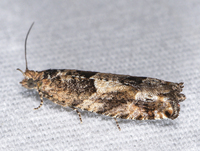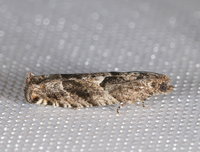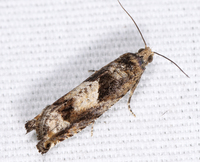
| Recorded by: Emily Stanley on 2025-03-26
Buncombe Co.
Comment: | 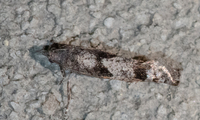
| Recorded by: Emily Stanley on 2025-03-26
Buncombe Co.
Comment: |

| Recorded by: Jim Petranka on 2025-03-23
Madison Co.
Comment: | 
| Recorded by: Jim Petranka on 2025-03-23
Madison Co.
Comment: |
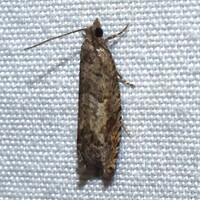
| Recorded by: Jeff Niznik, Kaitlyn Elliott on 2025-03-23
Orange Co.
Comment: | 
| Recorded by: Jeff Niznik, Kaitlyn Elliott on 2025-03-23
Orange Co.
Comment: |
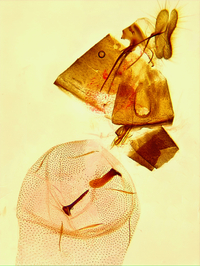
| Recorded by: Jim Petranka on 2025-03-19
Madison Co.
Comment: | 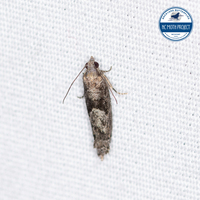
| Recorded by: Lior S. Carlson, Dean Furbish on 2025-03-19
Orange Co.
Comment: |
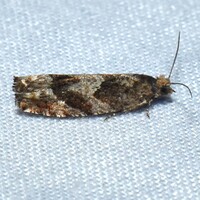
| Recorded by: Jeff Niznik on 2025-03-12
Orange Co.
Comment: | 
| Recorded by: Jeff Niznik on 2025-03-12
Orange Co.
Comment: |

| Recorded by: Dean Furbish, Lior S. Carlson on 2025-02-26
Orange Co.
Comment: | 
| Recorded by: Dean Furbish, Lior S. Carlson on 2025-02-26
Orange Co.
Comment: |
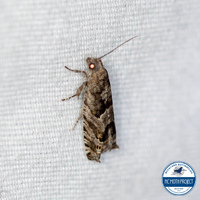
| Recorded by: Dean Furbish, Lior S. Carlson on 2025-02-26
Orange Co.
Comment: | 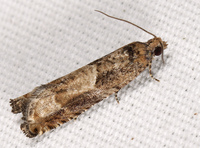
| Recorded by: John Petranka on 2025-02-04
Orange Co.
Comment: |

| Recorded by: John Petranka on 2025-02-04
Orange Co.
Comment: | 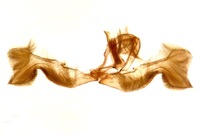
| Recorded by: John Petranka on 2025-02-04
Orange Co.
Comment: |

| Recorded by: Jim Petranka on 2024-04-10
Madison Co.
Comment: | 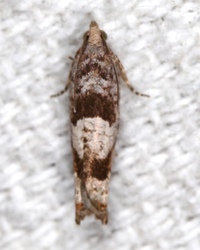
| Recorded by: Jim Petranka on 2024-04-10
Madison Co.
Comment: |
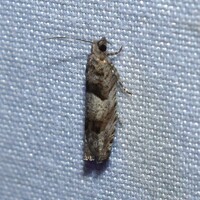
| Recorded by: David George, Jeff Niznik on 2024-04-01
Chatham Co.
Comment: | 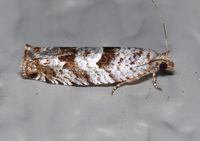
| Recorded by: Jim Petranka on 2024-03-27
Madison Co.
Comment: |
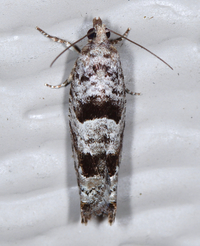
| Recorded by: Jim Petranka on 2024-03-27
Madison Co.
Comment: | 
| Recorded by: Dean Furbish on 2024-03-18
Wake Co.
Comment: |

| Recorded by: Dean Furbish on 2024-03-18
Wake Co.
Comment: | 
| Recorded by: John Petranka on 2024-03-16
Orange Co.
Comment: Verified by dissection. |
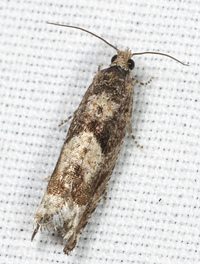
| Recorded by: John Petranka on 2024-03-16
Orange Co.
Comment: Verified by dissection. | 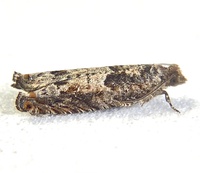
| Recorded by: Ken Kneidel on 2024-03-07
Mecklenburg Co.
Comment: |
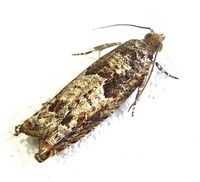
| Recorded by: Ken Kneidel on 2024-03-07
Mecklenburg Co.
Comment: | 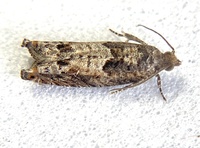
| Recorded by: Ken Kneidel on 2024-03-07
Mecklenburg Co.
Comment: |
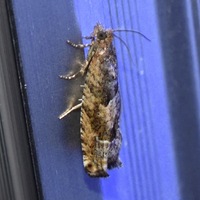
| Recorded by: David George, Jeff Niznik on 2024-03-04
Durham Co.
Comment: | 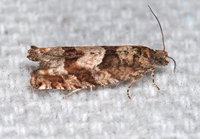
| Recorded by: Jim Petranka on 2024-03-04
Madison Co.
Comment: |
|

 »
»
